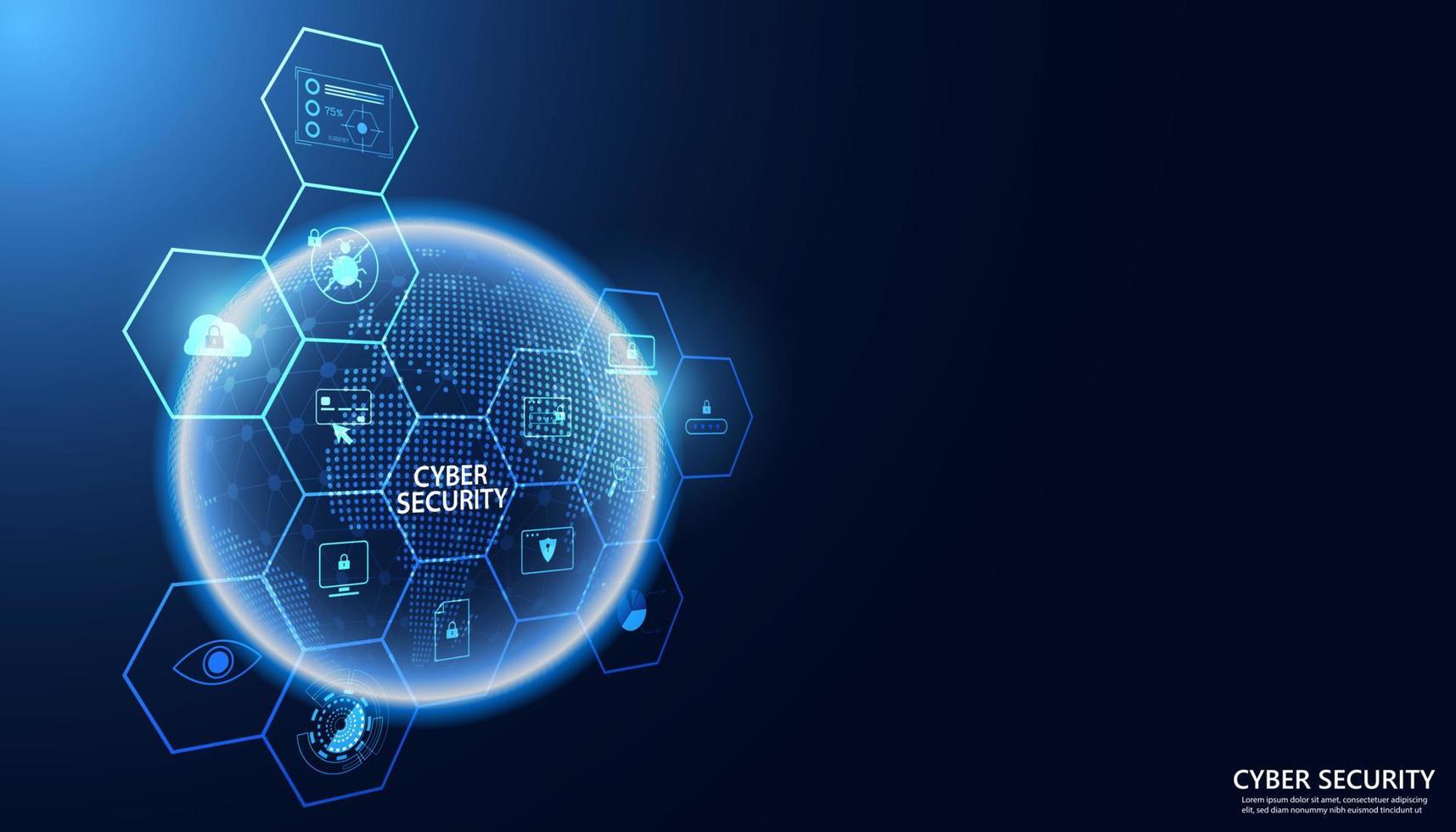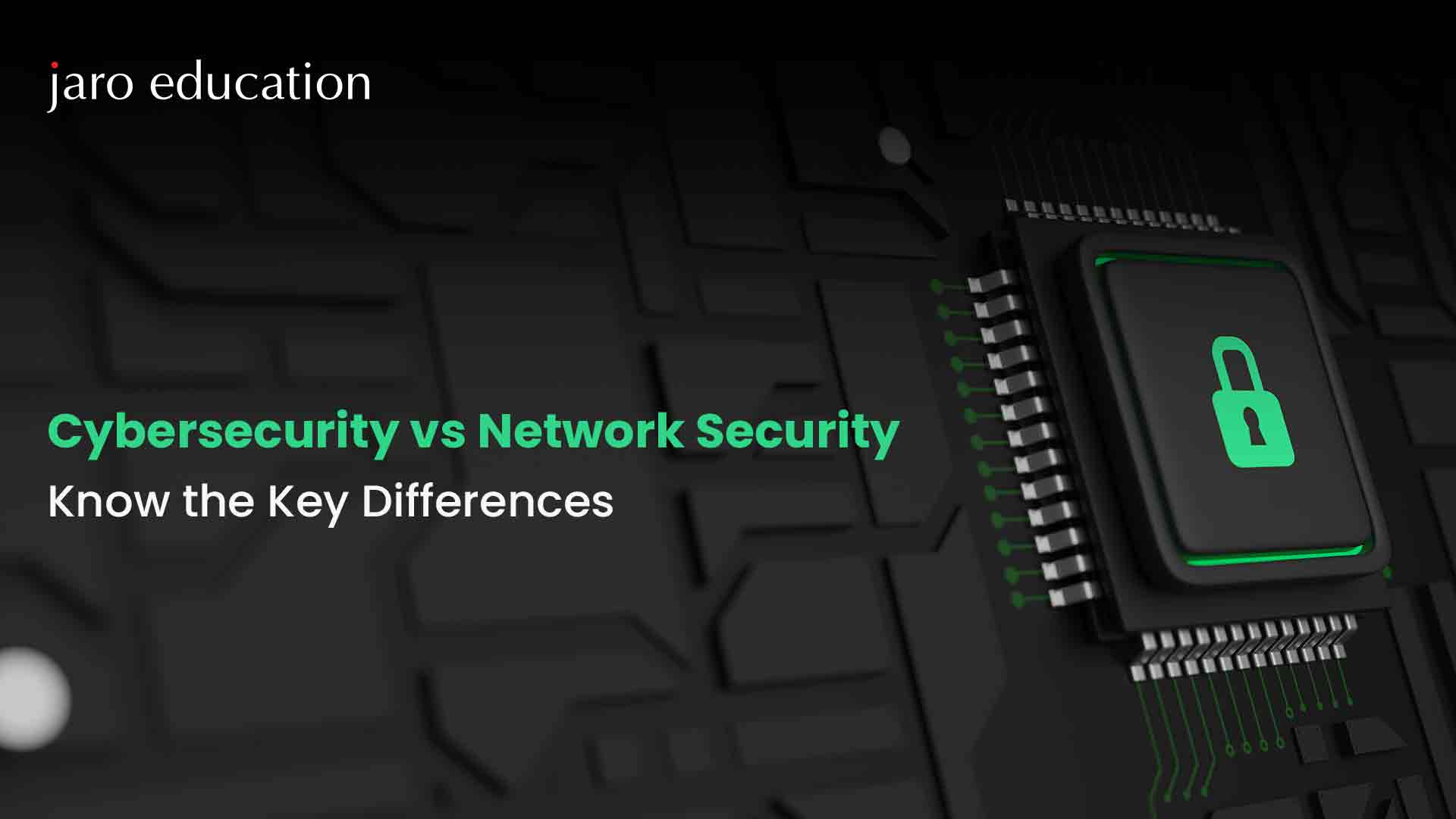The Importance of FFT Pipeline Protection in Preventing Unauthorized Access
The Importance of FFT Pipeline Protection in Preventing Unauthorized Access
Blog Article
Just How Data and Network Protection Safeguards Against Emerging Cyber Threats
In a period noted by the rapid evolution of cyber hazards, the importance of data and network protection has actually never been a lot more noticable. As these threats come to be a lot more complicated, comprehending the interplay between information safety and network defenses is vital for minimizing risks.
Comprehending Cyber Risks

The ever-evolving nature of technology consistently introduces new vulnerabilities, making it essential for stakeholders to stay vigilant. Individuals might unwittingly come down with social engineering strategies, where enemies manipulate them right into revealing sensitive info. Organizations face one-of-a-kind difficulties, as cybercriminals frequently target them to make use of important information or disrupt procedures.
In addition, the rise of the Web of Things (IoT) has actually broadened the strike surface, as interconnected gadgets can act as entry factors for opponents. Identifying the significance of durable cybersecurity practices is critical for minimizing these dangers. By promoting a thorough understanding of cyber organizations, threats and people can carry out reliable methods to safeguard their digital properties, guaranteeing durability when faced with a progressively intricate danger landscape.
Secret Elements of Data Safety And Security
Ensuring information safety needs a multifaceted strategy that encompasses various essential elements. One basic element is information file encryption, which transforms delicate info right into an unreadable style, obtainable only to authorized individuals with the proper decryption secrets. This functions as a critical line of protection versus unauthorized gain access to.
Another vital part is gain access to control, which regulates who can see or manipulate information. By applying rigorous customer verification procedures and role-based accessibility controls, organizations can decrease the risk of expert risks and information breaches.

Additionally, information covering up strategies can be used to safeguard delicate info while still permitting for its usage in non-production environments, such as screening and development. fft perimeter intrusion solutions.
Network Protection Methods
Executing robust network safety strategies is important for securing an organization's electronic facilities. These techniques entail a multi-layered method that includes both hardware and software program options created to safeguard the integrity, confidentiality, and schedule of data.
One vital part of network safety and security is the release of firewall softwares, which function as a barrier between trusted internal networks and untrusted outside networks. Firewall programs can be hardware-based, software-based, or a mix of both, and they aid filter incoming and outward bound traffic based on predefined safety rules.
Furthermore, invasion detection and avoidance systems (IDPS) play an essential function in monitoring network website traffic for dubious tasks. These systems can inform administrators to prospective breaches and act to alleviate threats in real-time. Regularly patching and upgrading software application is also essential, as vulnerabilities can be made use of by cybercriminals.
Furthermore, applying Virtual Private Networks (VPNs) makes sure protected remote gain access to, securing information sent over public networks. Segmenting networks can reduce the assault surface and include prospective violations, limiting their influence on the total facilities. By adopting these techniques, organizations can effectively fortify their networks against arising cyber dangers.
Finest Practices for Organizations
Establishing ideal practices for companies is critical in keeping a strong safety posture. A comprehensive method to data and network security starts with normal danger analyses to determine vulnerabilities and possible risks. Organizations needs to execute robust gain access to controls, ensuring that only licensed workers can access delicate data and systems. Multi-factor authentication (MFA) should be a conventional requirement to enhance security layers.
Additionally, continual staff member training and recognition programs are necessary. Employees need to be educated on identifying phishing attempts, social engineering methods, and the importance of adhering to protection protocols. Regular updates and spot administration for software application and systems are also vital to shield against known susceptabilities.
Organizations need to official site check and create case reaction prepares to make certain readiness for possible breaches. This consists of developing clear interaction channels and functions during a company website safety event. In addition, information file encryption ought to be used both at rest and in transportation to safeguard sensitive information.
Finally, carrying out periodic audits and compliance checks will help ensure adherence to established plans and relevant policies - fft perimeter intrusion solutions. By following these finest methods, companies can substantially boost their resilience versus arising cyber hazards and secure their vital possessions
Future Trends in Cybersecurity
As companies browse an increasingly intricate electronic landscape, the future of cybersecurity is positioned to develop significantly, driven by arising innovations and shifting threat paradigms. One noticeable trend is the integration of expert system (AI) and artificial intelligence (ML) right into protection structures, enabling for real-time hazard detection and action automation. These technologies can assess vast amounts of information to recognize abnormalities and potential breaches more successfully than standard methods.
An additional essential trend is the surge of zero-trust architecture, which requires continuous confirmation of individual identities and device safety, no matter of their area. This technique lessens the threat of expert threats and enhances security versus outside assaults.
In addition, the raising fostering of cloud solutions requires robust cloud safety approaches that attend to special vulnerabilities related to cloud settings. As remote job becomes a permanent fixture, protecting endpoints will also come to be critical, leading to an elevated emphasis on endpoint detection and response (EDR) remedies.
Finally, regulatory compliance will continue to form cybersecurity practices, pressing companies to embrace much more rigorous information security measures. Embracing these trends will be vital for organizations to strengthen their defenses and browse the evolving landscape of cyber hazards properly.
Verdict
To conclude, the application of durable data and network security actions is important for companies to guard versus emerging cyber hazards. By making use of file encryption, gain access to control, and reliable network safety techniques, organizations can substantially lower vulnerabilities and safeguard delicate info. Taking on finest practices even more enhances strength, preparing companies to face evolving cyber difficulties. As cybersecurity proceeds to evolve, remaining notified about future patterns will certainly be critical in maintaining a strong protection against prospective threats.
In an era marked by the rapid development of explanation cyber hazards, the value of data and network safety and security has actually never been extra noticable. As these risks come to be extra complex, understanding the interaction in between data protection and network defenses is vital for reducing risks. Cyber dangers include a large range of destructive activities aimed at endangering the confidentiality, stability, and schedule of networks and data. A thorough technique to data and network protection begins with normal threat evaluations to identify susceptabilities and possible hazards.In conclusion, the application of robust information and network safety procedures is necessary for companies to guard against arising cyber dangers.
Report this page